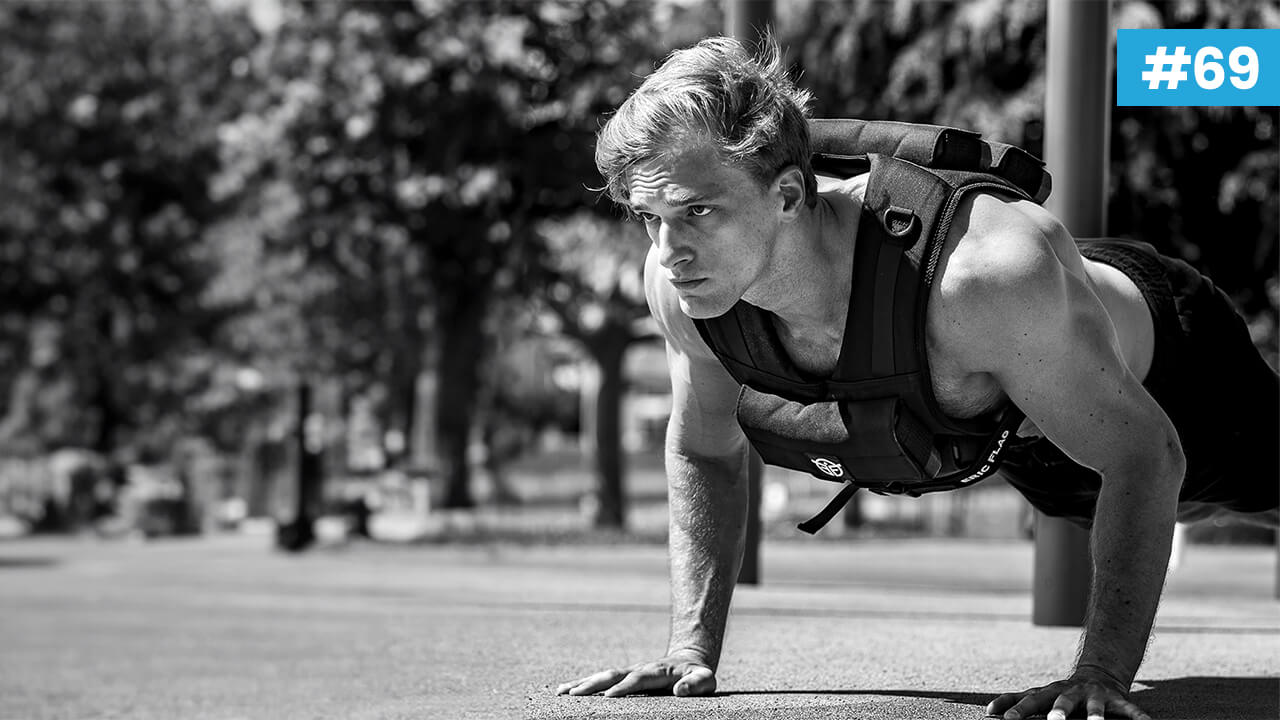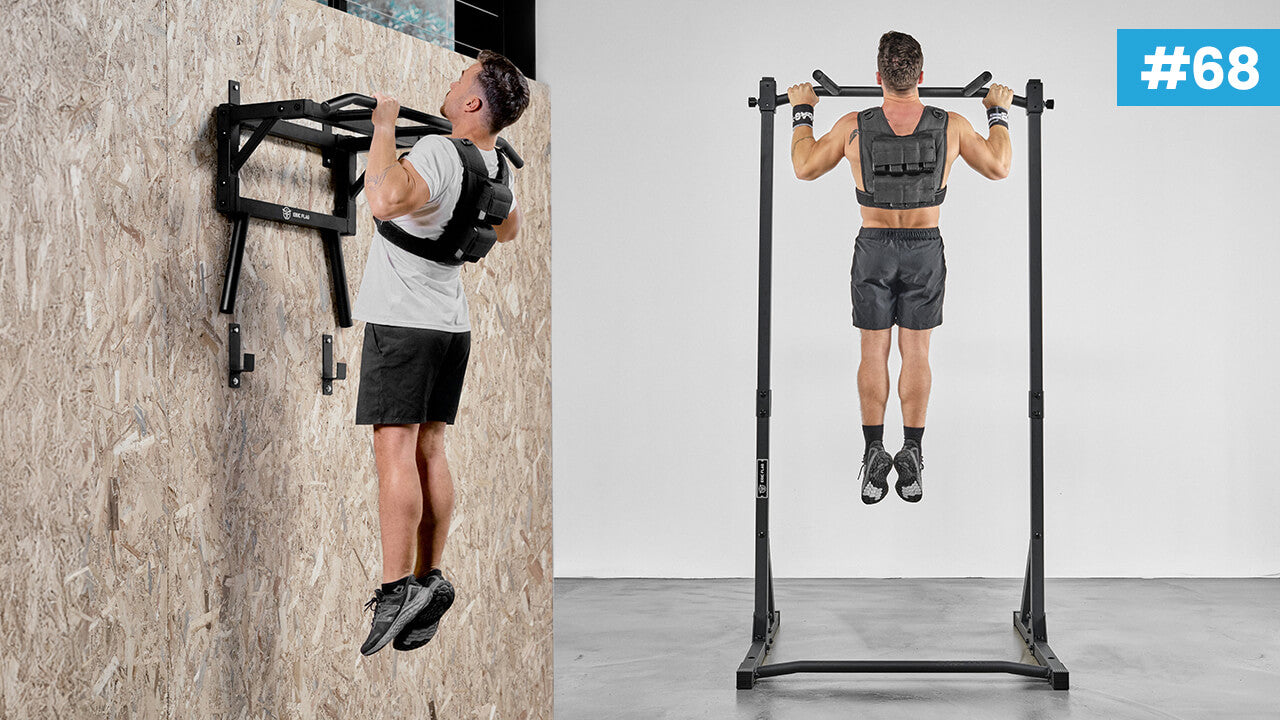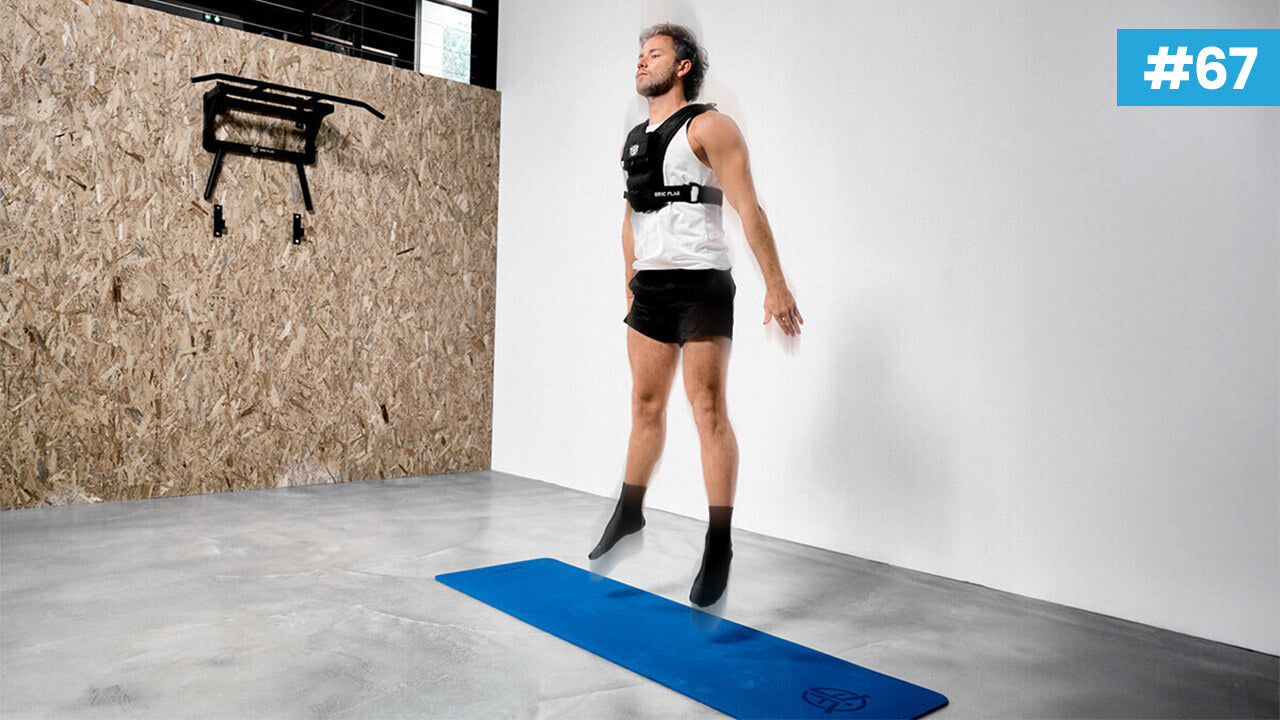How to master the Full Planche in Calisthenics?
Dreaming of mastering the full planche? I'll help you reach that Street Workout holy grail! 🔥
The full planche is THE emblematic figure that fascinates as much as it impresses. It requires colossal strength, impeccable stability and absolute body control.
To achieve this effectively and without injury, it's essential to follow clear steps, integrate specific strengthening exercises and, above all, progress patiently and safely.
Ready to defy gravity? Here we go! 💪
Prerequisites and physical preparation
Assessment of current physical condition
Before you embark on full planche, it's essential to assess your current physical condition. This key step will determine whether you have the solid foundations to take on this exciting challenge.
In concrete terms, you should master certain fundamental exercises perfectly: achieving between 20 and 30 perfectly controlled push-ups as well as 10 to 15 dips is an excellent starting indicator. In addition, a strong core is essential: holding a strict hollow body for between 30 and 60 seconds with impeccable posture is essential.
Why the hollow body? Simply because it conditions your body to adopt the precise alignment necessary for a stable and impressive full planche.
Strengthening key muscle groups
The development of key muscle groups is an essential step on the road to full planche. The muscles of the shoulders, arms, torso and core play a central role in this position.
To strengthen these areas, focus on exercises such as push-ups, dips, pike push-ups and handstand push-ups. These movements will help you develop the necessary strength in your shoulders, chest and triceps. In addition, core-specific exercises such as the hollow body hold are essential for improving core stability and strength.
The importance of flexibility and mobility
Flexibility and mobility are often underestimated, but remain essential in planche training. Good mobility of shoulders, wrists and hips is necessary to adopt the correct position while minimizing the risk of injury.
Progressions and training techniques
Basic exercises for beginners
To begin your progression to full planche, you need to master fundamental exercises such as the lean planche or knee planche. These exercises enable you to effectively engage your core and develop the body stability you need to progress.
Make sure you can hold each position for at least 10 to 15 seconds before moving on to the next level, ensuring safe and efficient progress.
Intermediate progressions: from tuck planche to straddle planche
Once you've mastered the basic exercises, you can move on to intermediate progressions. The tuck planche (see image below) is an essential step where you bend your knees towards your chest while maintaining a straight line with your body.
Then you can progress to advanced tuck planche, which involves moving the knees slightly away from the body to increase the difficulty.
Then you can move on to another transition: the straddle planche . This figure consists of having the legs spread out on either side of the body.
It requires increased strength and stability, while preparing the body for full planche by strengthening the necessary muscles and improving hip and shoulder mobility.

Advanced techniques for achieving full planche
To reach full planche, you need to master advanced techniques and strengthen essential muscles. Progressing from straddle to full planche becomes easier by practicing intermediate positions such as the open half-lay planche, ideal for developing strength and stability in the shoulders, arms and core.
Always progress gradually and steadily to avoid injury and guarantee your success.
Injury prevention and practical tips
Training load management and recovery
Managing your training load and recovery are key to progressing to full planche without injury. Always increase intensity gradually to protect your shoulders, wrists and elbows.
Respect your limits, work with control and perfect form, and absolutely incorporate regular rest days to allow your muscles to recover and strengthen effectively.
Conclusion
Mastering the full planche in calisthenics is an ambitious goal, but entirely attainable with the right approach. It's essential to start by assessing your current physical condition and strengthening key muscle groups, such as shoulders, arms and core.
Progressions from lean planche to straddle planche play an essential role in developing your strength, stability and body awareness. Remember to manage your training load carefully, prioritize recovery and take the time to warm up properly to avoid injury.
Here's an FAQ on the subject to take you even further:
How long does it usually take to master the full planche in calisthenics?
The time it takes you to master the full planche varies enormously according to your initial strength, your body type, your flexibility, as well as your regularity and quality of training.
This usually takes several months to several years. To succeed, progress methodically and steadily, gradually improving strength, flexibility and body awareness.
What are the main progressions to follow to go from tuck planche to full planche?
To progress from tuck planche to full planche, it is essential to follow a few key steps:
- Tuck Planche: Start by mastering the tuck planche and gradually increase the hold time.
- Advanced Tuck Planche: raises hip height while maintaining optimum body tension.
- Half-Lay Planche: Extend your legs partially or fully while keeping your body straight.
- 1 Leg/Straddle Planche: Move into a position where one or both legs are extended in straddle.
- Full Planche: Finally, reach a position where the body is in a horizontal line, with the arms outstretched and the weight fully supported by the hands.
What are the main points of execution to consider in order to make the full planche easier and more aesthetically pleasing?
To improve the ease and aesthetics of the full planche, here are the essential points:
- Graduated progressions: Use steps like the open half lay planche or the transition from l-sit to full planche to develop the necessary strength and technique.
- Balance and control: Work on your balance and control using aids such as resistance bands for the first few attempts.
- Muscle strengthening: Concentrate on strengthening the core, shoulder and arm muscles, which are essential for holding the position.
- Regular practice: Train regularly, gradually increasing the holding time and alternating sides to avoid muscular imbalances.
How important are dynamic exercises in the learning process of full planche?
Dynamic exercises play an important role in learning full planche. They help develop the necessary specific strength while deeply engaging the muscles of the shoulders, arms, abdominals and core. This improves power, balance and body alignment.







2 comments
I've got my Tuck board, and I'm clearly aiming for a full house! Now I just have to train for it! Thanks for the advice!
Margot
Great article! A team always at the top to motivate us :)
Chloé
Commenta
Questo sito è protetto da hCaptcha e applica le Norme sulla privacy e i Termini di servizio di hCaptcha.